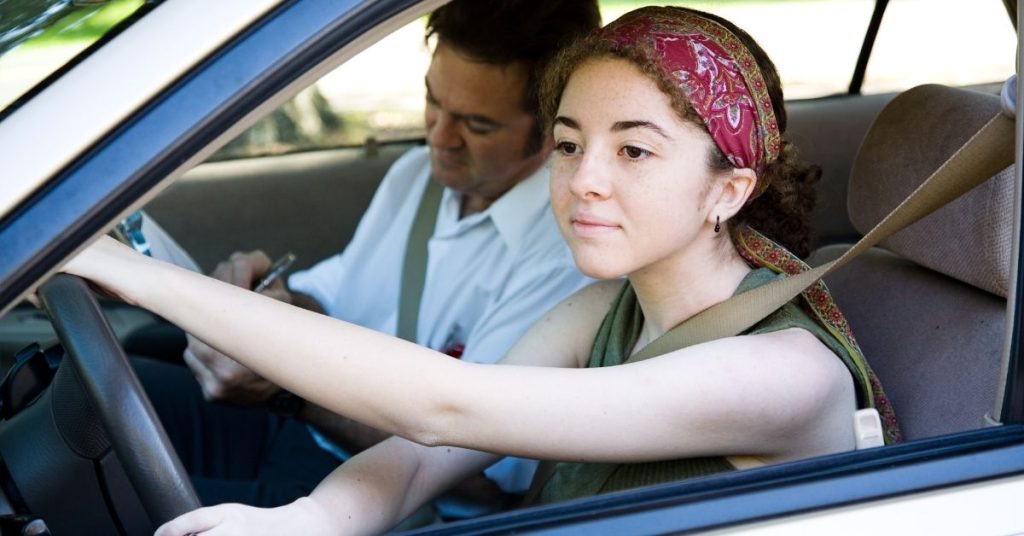Introduction
Driving is a significant milestone in a teenager’s life, but with the freedom of the road comes responsibility. Effective communication is a critical skill that teen drivers must master to ensure safety for themselves and others.
Whether it’s learning the basics in driving lessons, navigating through good driving schools, or applying skills learned in teen drivers ed, communication plays a pivotal role in preventing accidents and ensuring smooth driving experiences. Here’s a closer look at some effective communication techniques that every teen driver should know.
Using Turn Signals Appropriately
One of the simplest yet most vital communication tools at a driver’s disposal is the turn signal. Turn signals are essential for letting other drivers know your intentions on the road, whether you’re turning or changing lanes.
During driving lessons, teen drivers are taught to use their turn signals at least 100 feet before making a turn or lane change. This habit should become second nature, ensuring that other road users are always aware of your next move.
Understanding and Using Headlights Effectively
Headlights are more than just tools for seeing the road at night—they’re also crucial for communication. Using your headlights during the day, especially in poor weather conditions, helps other drivers see you.
Flashing your headlights can be a signal to other drivers that they need to pay attention or that you’re giving them the right of way. In good driving schools, instructors emphasize the importance of proper headlight use as part of comprehensive teen driving education.
Mastering the Art of Non-Verbal Communication
While verbal communication is not an option when driving, non-verbal cues like eye contact, hand signals, and even your car’s position on the road can communicate your intentions to other drivers.
For example, making eye contact with pedestrians or cyclists at crosswalks can ensure they understand that you’re yielding to them. Teen classes often highlight these non-verbal cues to help new drivers navigate more safely and courteously on the road.
Using the Horn Sparingly and Effectively
The car horn is a powerful communication tool that should be used wisely. Teen drivers should learn that honking is not a way to express frustration but a means to alert other drivers of potential hazards. During teen drivers ed, instructors teach when and how to use the horn appropriately to prevent accidents without escalating tensions on the road.
Keeping a Safe Following Distance
Maintaining a safe following distance is not just about reacting to the car in front of you; it’s also a form of communication. By keeping a safe distance, you signal to other drivers that you’re aware of their space and respect the rules of the road. In driving lessons, students learn the “three-second rule” to ensure they have enough time to react to sudden stops or changes in traffic flow.
Communicating with Body Language
Though drivers can’t speak to each other verbally, body language plays a crucial role in road communication. For instance, the way a driver positions their vehicle—whether they’re edging forward at a stop sign or quickly changing lanes—can communicate urgency or indecision. Good driving schools often incorporate lessons on reading and responding to the body language of other drivers, helping teen drivers develop a sixth sense of potential hazards.
Staying Calm and Clear-Headed
Stress and anxiety can cloud judgment and impair communication. Teen drivers should be taught the importance of staying calm, especially in high-pressure situations. Deep breathing and positive self-talk, techniques often emphasized in teen classes, can help young drivers maintain clear communication through their actions, even when the road gets tough.
Engaging in Defensive Driving
Defensive driving is a proactive form of communication on the road. It involves anticipating the actions of others and communicating your intentions early and clearly. Teen drivers ed programs often stress the importance of defensive driving as a way to prevent accidents and maintain harmony on the road. By being vigilant and proactive, teen drivers can avoid misunderstandings that could lead to collisions.
Learning to Read Road Signs and Signals
Road signs and signals are the universal language of the road, and understanding them is crucial for effective communication. Good driving schools ensure that teen drivers are well-versed in interpreting these signs quickly and accurately. This knowledge is essential for navigating complex driving environments and ensuring safe passage through intersections, school zones, and highways.
Practicing Patience and Courtesy
Finally, patience and courtesy are key components of effective communication on the road. Teen drivers should understand that not everyone on the road will communicate perfectly, and it’s important to be patient with others’ mistakes. Practicing courtesy—such as letting someone merge or yielding when appropriate—fosters a safer, more cooperative driving environment.
Conclusion
Effective communication is the backbone of safe driving. By mastering these techniques, teen drivers can navigate the roads with confidence and responsibility. Whether they’re in driving lessons, teen drivers ed, or simply out practicing on the road, these skills will serve them well. Good driving schools emphasize these communication strategies to prepare young drivers for the challenges ahead, ensuring that they contribute to a safer driving community for everyone.



